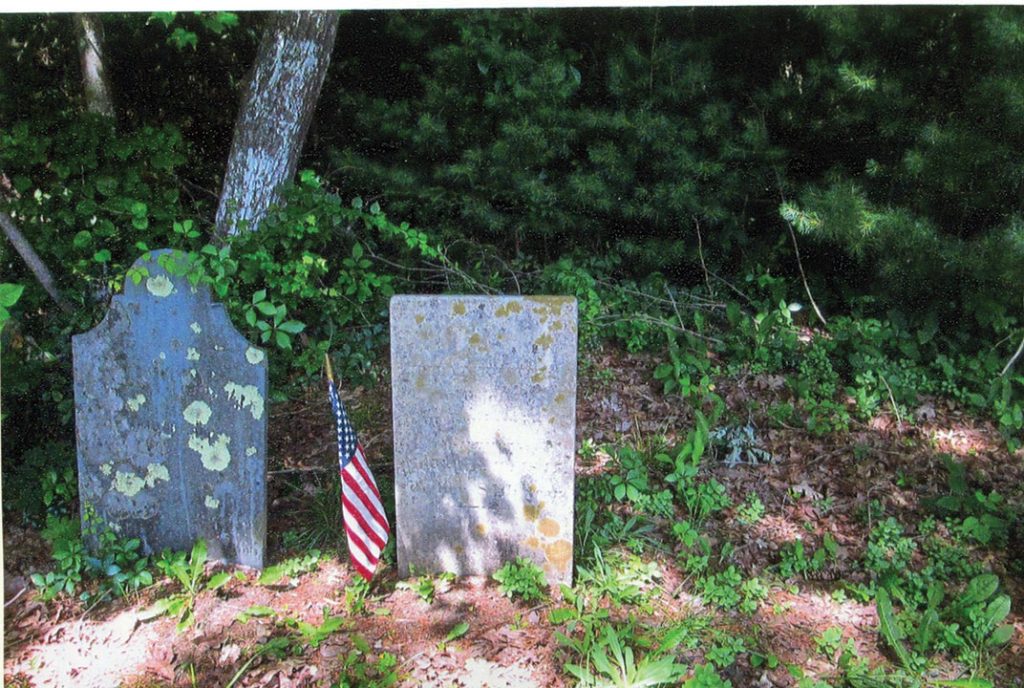I know that I have occasionally mentioned that the East Rochester Congregational Church and the Woodside cemetery are on the National Register of Historic Places. I’m not sure that I get much of a response to that statement. I know that both the woodpeckers and the flying squirrels who put holes in the siding are not impressed. To many it may seem like no big deal, so I decided to delve into what it took to get that designation from the United States Department of the Interior, National Park Service. See, I told you it was a big deal.
The work that goes into receiving this honor is massive. Betty Beaulieu, a stalwart of the Historical Society for many years, along with Timothy Orwig, National Register Editor, submitted the application in 2007 and it was subsequently approved. Going through the paperwork and research in the application made me even more impressed with Betty’s dedication to this project.
Among the items needed were photographs and detailed descriptions, including measurements and dimensions of both the inside and outside of the church building. This included notations on changes made to the original structure. The descriptions were of the attic, bells, basement, the main floor and even the privy (outhouse).
Both topographical and assessor’s maps were required, as well as a sketch map. Included in this were measurements and boundary descriptions of the church, privy and cemetery. These physical aspects may have been the easier tasks compared to the in- depth historical research required.
The first pages are a summary of the church and cemetery district with the cemetery preceding the church. The next 7 pages are devoted to the first criterion, Religion. This entailed research into the origin of the cemetery, its place in the community, early religious groups and how some of Rochester’s early religious institutions came to be.
The next criterion was Community Planning and Development in which the cemetery played a large part. The last criterion was Architecture which covered information on its Greek Revival style. Then there was research into the builders of the church, the bells in the steeple and the foundry that cast them.
The history of the church and its many congregations is a compelling story from the early Methodist Circuit preachers to the Congregational Church of the eighteen and nineteen hundreds and its importance to the neighboring community. The picture with this article is of the first grave in the cemetery. Betty’s research determined that this is the grave of a soldier who participated in the Revolutionary War. A fact that was not on any list of veterans’ graves.
There is a quotation near the end of these documents relating to the last days of the East Rochester church that sums up its importance to the community over the years. The remark concerns the church’s bells and was made by Elizabeth Bessey. She remembered that the bells, “never pealed truer then when they signaled the end of WW II and everyone went running up to the church”.
As the account says, “that was the nature of it: a church people ran or walked to”. In 2003, the Rochester Historical Society was proud to preserve the building as a museum that saves and shares the history of Rochester.
It’s too bad that no monetary assistance comes with being put on the National Register, but the Society perseveres with the help of its members and the generosity of businesses. Now we just need a sympathetic church painter and a lot of money.
By Connie Eshbach
